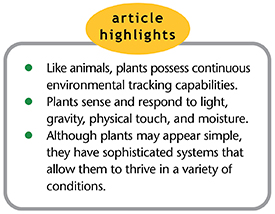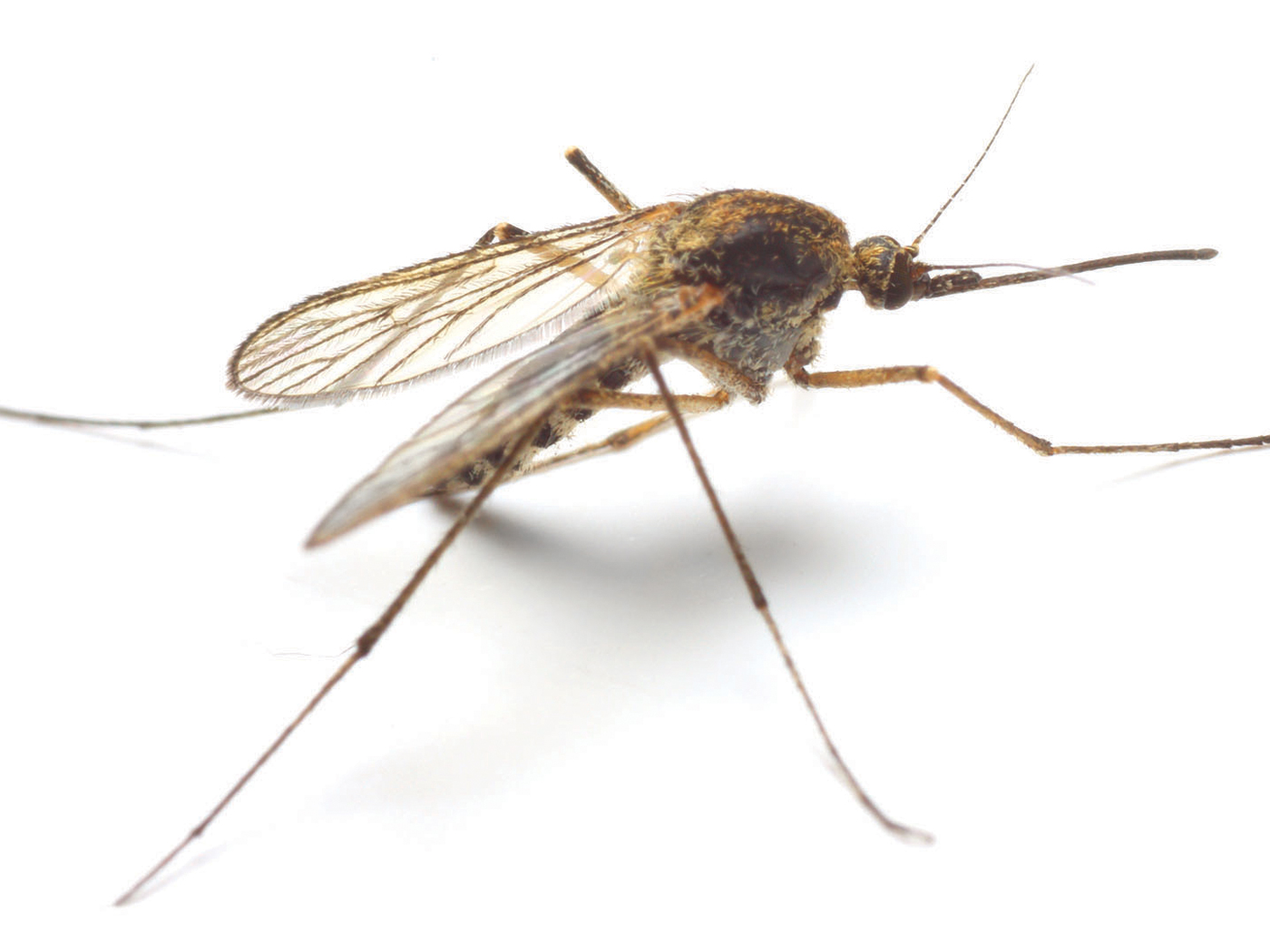 All plants and animals were divinely engineered with innate systems of adaptation that track various aspects of their environment and respond accordingly—an internal ability known as continuous environmental tracking.1 While animals, including humans, display intricate adaptive systems, plants cannot get up and move around as a means to adjust to their environment. They have to adapt to their surroundings where they are planted. Therefore, the Creator has engineered them with amazing systems that sense and respond to important environmental cues such as day length, light quality, temperature, water availability, gravity, touch, and even chemical signals emitted by other organisms.
All plants and animals were divinely engineered with innate systems of adaptation that track various aspects of their environment and respond accordingly—an internal ability known as continuous environmental tracking.1 While animals, including humans, display intricate adaptive systems, plants cannot get up and move around as a means to adjust to their environment. They have to adapt to their surroundings where they are planted. Therefore, the Creator has engineered them with amazing systems that sense and respond to important environmental cues such as day length, light quality, temperature, water availability, gravity, touch, and even chemical signals emitted by other organisms.
We live in a world of seasonal and other environmental fluctuations. When it comes to growing, flowering, and producing seed, timing is everything for plants. In many climates that aren’t near the equator, growth and flowering processes can occur effectively during only certain times of the year. Plants adapt to these seasonal changes by tracking both day length and temperature through an elaborate network of integrated photoreceptors and temperature-sensing mechanisms.2 For example, the longer and warmer days of spring trigger light and temperature receptor proteins in plant leaves, turning on a host of flowering and reproductive activity.
Plants also respond to light in such a way that their shoots grow toward light (called phototropism). Many people have put a houseplant near a window and noticed that the plant will bend or grow toward it. Not only do the photoreceptors of a plant allow it to monitor seasonal day length (photoperiod), they also monitor light intensity and quality (ratio of red to far-red light). These photoreceptors trigger an increase in growth in the cells farthest from the light, causing the plant to bend toward it. If a plant is located in a densely populated group of plants, it will grow tall and lanky to reach the light, compared to a shorter and more compact shape if there is more distance between it and its neighbors.
Did you ever wonder how plants know how to grow upright? They do this by special gravity-sensing carbohydrate granules that orient themselves in cells according to the earth’s gravitational field. This gravitropic mechanism then triggers targeted gene activity and growth to cause the plant to grow perfectly perpendicular to the earth’s surface.
The growth response in plants to physical touch is known as thigmotropism and occurs via mechanical sensors. This is how vines are able to sense and curl around structures and perform a climbing action. The response is similar to what occurs when plants bend toward light and involves a coordinated increase in growth on one side of the plant. Plants will also alter growth based on the force of wind patterns. Although not necessarily considered a thigmotropic response, plants also sense when insects chew on them and will even release airborne chemical signals to warn their neighbors of the attack.
Water is important to all life, but plants cannot walk over to a stream to take a drink. They have to respond to both humidity in the air and soil moisture. Based on a number of sensory systems in leaves and roots, plants exhibit both rapid and long-term responses. A rapid response would include the dynamic opening and closing of specialized portals called stomata on the lower surface of leaves. A long-term effect would be the alteration of root growth traits to maximize extraction of soil moisture.
There is no simple life. Even basic plants demonstrate the incredible design and engineering of their Creator.
References
- Guliuzza, R. J. and P. B. Gaskill. 2018. Continuous environmental tracking: An engineering framework to understand adaptation and diversification. In Proceedings of the Eighth International Conference on Creationism. J. H. Whitmore, ed. Pittsburgh, PA: Creation Science Fellowship, 158-184.
- Plant Sensory Systems and Responses. Lumen. Posted on courses.lumenlearning.com, accessed July 6, 2020.
* Dr. Tomkins is Director of Research at the Institute for Creation Research and earned his Ph.D. in genetics from Clemson University.











